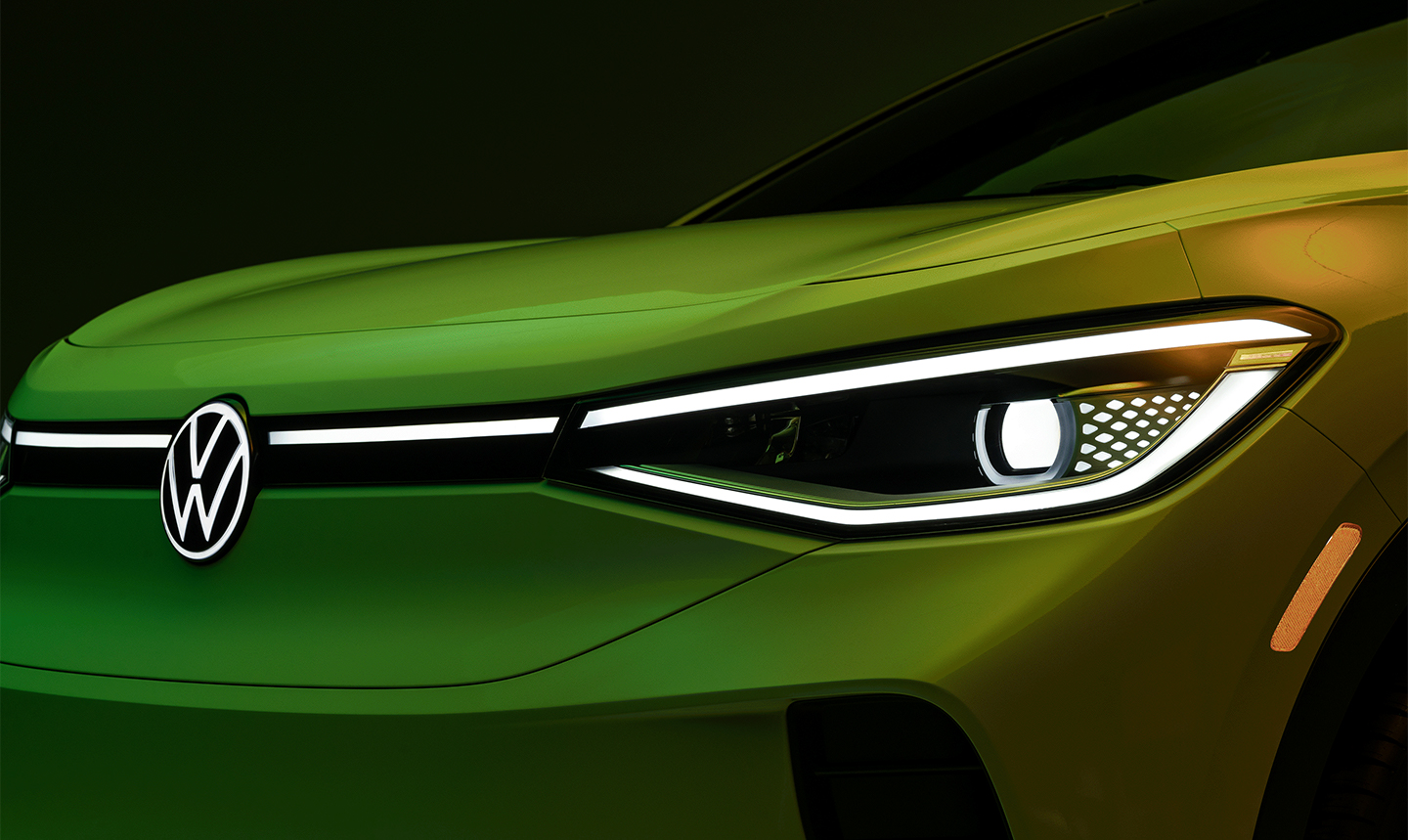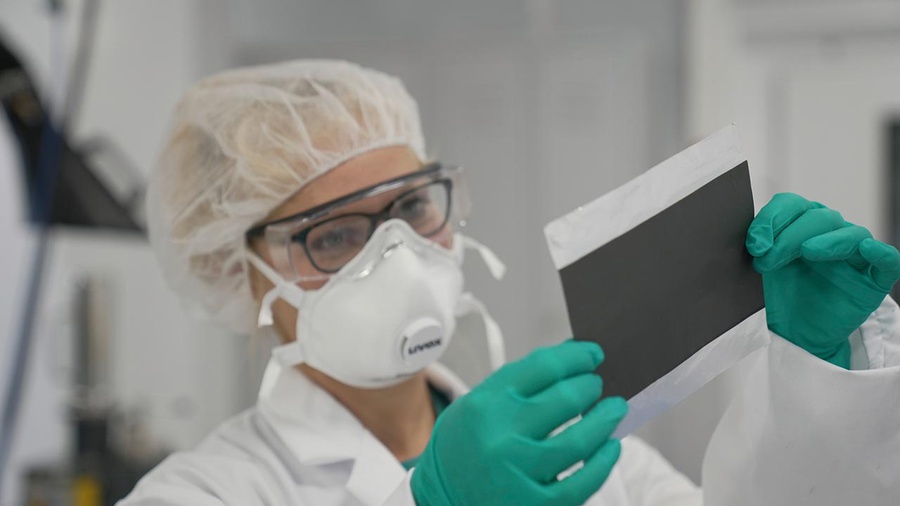The Dry Coating procedure allows manufacturing electrodes without wet-coating and subsequently drying them at high costs. With the new procedure, the most energy-intensive part of cell manufacturing and the use of chemical solvents are no longer required. PowerCo is already testing and optimizing the technology in a pilot line in one of its laboratories in Northern Germany. Together with German printing machine specialist Koenig & Bauer AG, PowerCo will further develop and industrialize the Dry Coating procedure. As a printing specialist, Koenig & Bauer will develop a machine for the industrial powder coating.
According to PowerCo estimates, the new technology has the potential of saving about 30 percent of energy as well as 15 percent of floor space required and will therefore save hundreds of millions of Euros each year. Frank Blome, CEO of PowerCo SE: “What the solid-state cell is to the product, Dry Coating is to production – a real game changer. If scaled successfully, it will give us a unique position on the market and definite competitive advantages.”
The electrodes (cathode and anode) are the “centerpiece” of the battery cell defining energy density and battery performance. In modern industrial electrode production, the battery materials are mixed with additives and liquid solvents to a slurry. Afterwards, they are coated onto foils of copper or aluminum, then dried and calendered.
PowerCo’s Dry Coating procedure allows to calender the powdery basic materials directly onto the foil, similar to a printing procedure. As a result, two of four process steps in electrode manufacturing become obsolete. The powder coating can be applied onto the foil in an extremely fine and even manner, the resulting layer is about as thin as a hair. This guarantees excellent spatial energy density and a long life cycle, while improving the fast-charging ability of the battery.
The new technology reduces floor space required by 15 percent. Per building block of a regular Gigafactory with a production capacity of 20 GWh, four parallel coating and drying lines can be saved, equaling an area of 7.000 square meters. As a result, the exterior length of the plant can be reduced by about 100 meters. Not having to operate the energy-intensive drying furnaces and suction systems will save energy equivalent to the annual consumption of 40,000 private households. Furthermore, the use of chemical solvents that have to be laboriously recycled at high energy costs in silo-like towers outside the plants is no longer necessary.
Source: Volkswagen


